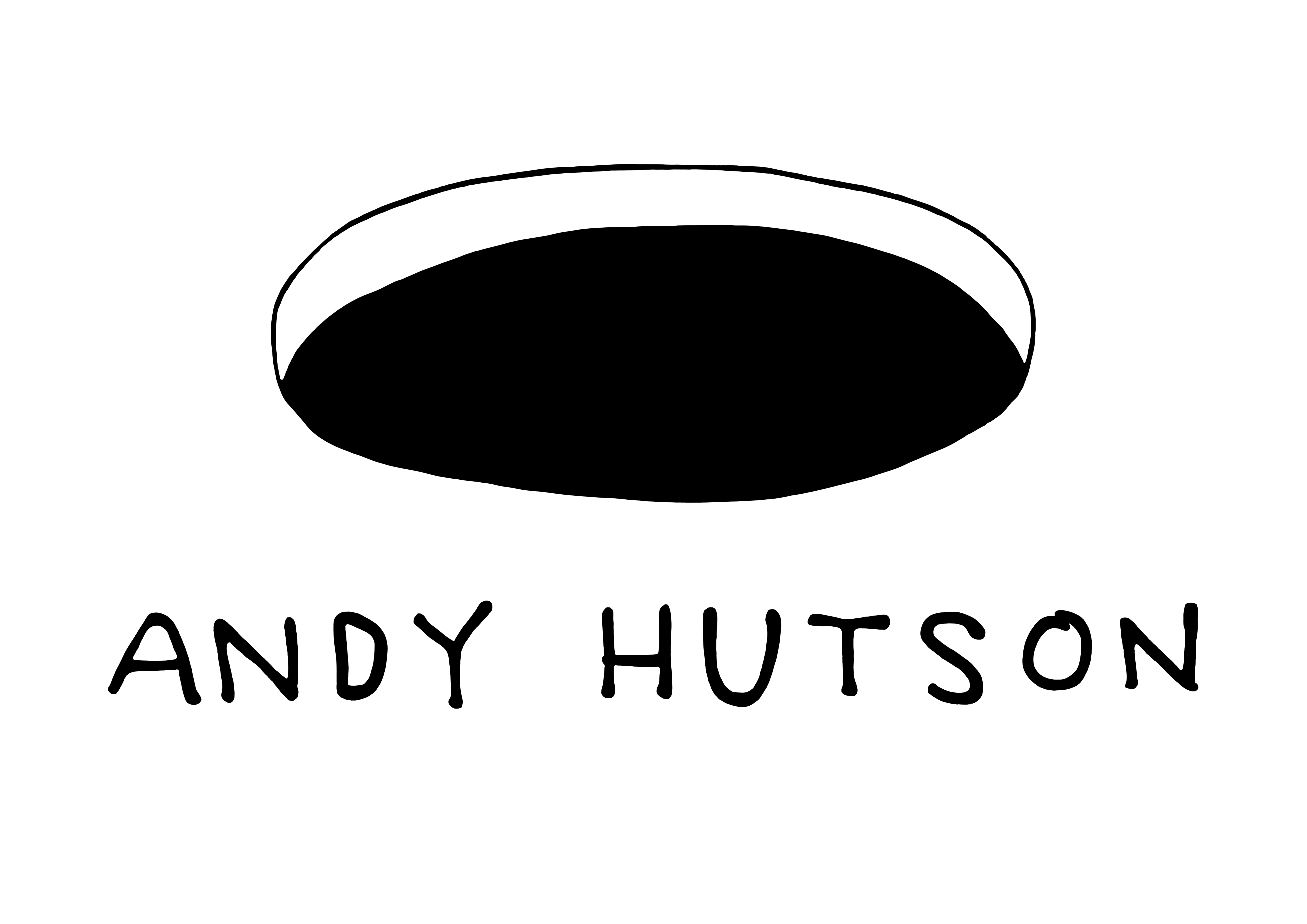Weeds and Other Problems
![]()
![]()
![]()
![]()
![]()
![]()
![]()
![]()
![]()
![]()
![]()
![]()
![]()
![]()
![]()
![]()
![]()
![]()
![]()
![]()
![]()
![]()
![]()
![]()
![]()
![]()
![]()
![]()
![]()
![]()
![]()
![]()
@ Egg and Dart, Thirroul, NSW
Jan 2022
Weeds & Other Problems emerged from artist Andy Hutson riding his bike along a disused rail line in nipaluna / Hobart. He noticed the opportunistic growth of plants along the path and their attachment to disturbed soil in a remnant industrial setting. The flexible and opportunistic status of introduced species became a metaphor. Hutson explains that weeds “get in the way and shift the course from an original intent,” in parallel to the way an artwork can come together from an idea but with an unexpected outcome.
“Almost every time along the path there would be some other things that I would notice. It’s still that same process where I have this idea and all these distractions keep shifting my attention. I have a pocket notebook. What you end up with is something quite different from what was anticipated from the outset.”
The artist has a background in sculpture and jewellery making and completed a residency over 2020-2021 at Contemporary Art Tasmania. With an understanding of soldering and braising, this knowledge creeps into the pieces through the handmade brass attachments and the use of sanders and other tools to model the material. The works have pictorial elements, particularly in their connection to the variable qualities of the weeds encountered, their colours and forms. But in being almost-paintings they are also almost-objects, suggesting shelves, mirrors, hinged doors or framing devices. Each work reaches for a satisfying sense of containment and a structural integrity.
The sphere, the ring, ropes under tension and diamond shapes that suggest cyclone fencing – forms repeat and vary in size, scale and definition. The marine rope offers a further link to the specifics of place, namely the nipaluna / Hobart harbour. Fennel seeds are embedded in encaustic. Mallow flowers have been collected from the path, dried and pressed into the surface under wax, before being scraped back to a flat, resilient finish. In another work a bowl is cut and burnt with a heat gun to form a symbolic Oxeye daisy, a common weed in the district.
A Hole in the Fence uses plywood and found timbers including King Billy, an endemic Tasmanian conifer. The wood has been arranged as variable rings on handmade brass hooks and the work feels like an assortment of material origins brought together to propose a harmony. On the hooks hang loops of the various timbers, carved, painted and suspended like a collection of keys that describe negative space. Nosy Neighbour uses Huon Pine, King Billy and Tasmanian oak. Timbers are arranged as a cosmology of white spheres on a black surface. The specifics of material are important with pencil, wax and acrylic binders applied to both push and engage with specialised timber surfaces.
Andy Hutson is thinking about weedy problems and the complexity of states and materials. Plants are wonderful and advantageous but can be a problem in the wrong context. Then there is the problem of making art, of finding the right language. How should things hang or sit as an agglomeration? Hutson describes “trying to find ways to manifest an awareness of place and history associated with plants and land in general, in a practice that is pictorial and visual without being overt.” In his first exhibition at The Egg & Dart, Andy Hutson works with these tensions to find a contemplative and precarious balance.
Melody Willis
